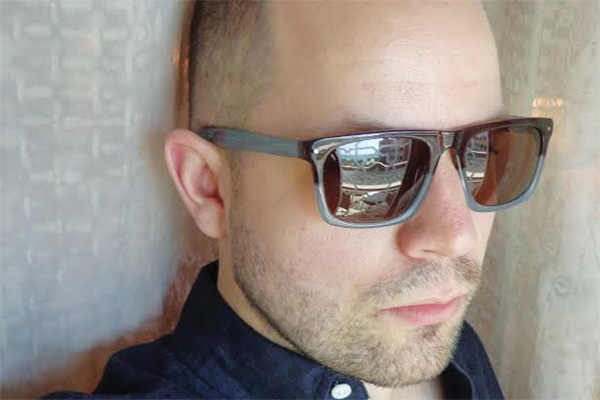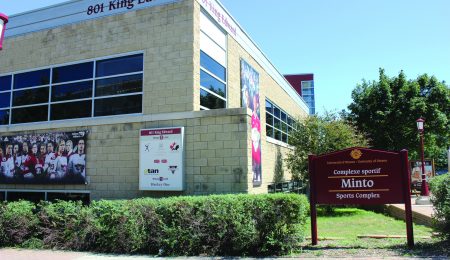U of O student talks about LGBTQ+ visual representations at conference
Photo courtesy of Elia Eliev
It’s hard enough to come out of the closet when you’re gay in Canada. But how difficult is it when you live in a Middle-Eastern country?
It’s questions like this Hypervisibility III–Beyond the Closet, a conference concerning questions of LGBTQ+ visual cultures, will address on Dec. 7–8.
The conference is hosted by the research group, AEsthetic and the Politics of the Image (AEPI) and the Department of Communications. It focuses on examining non-English speaking countries and how narratives arising from contemporary visual cultures, such as film, video, and photography, affect expressions of queer and homosexual voices.
One of the presenters at the conference will be Elia Eliev, a PhD candidate at the University of Ottawa in the Institute of Women’s Studies. Eliev is presenting as part of a panel entitled Queering Ethnicity and will focus his discussion on analyzing visual works done by Lebanese artist Akram Zaatari.
Zaatari is primarily known for his exploration of post-war Lebanon through photography and film, but Eliev has chosen to analyze his work in another context.
“I’m trying to critically analyze the kind of representation of male sexuality, homosexual relationships, and the kind of social cultural construct of masculinity among gay men in Lebanon through his artwork,” he said.
Eliev has been able to build a strong relationship with Zaatari and keeps in contact with him to help with his research.
“They’re very open and very excited to have their works being discussed through scholarly works,” he said, “because most of the writing that has been on their works have been from art critics, so having some PhD research on him is very gratifying for both him and me.”
Zaatari’s galleries in both Lebanon and Paris have been helpful in providing Eliev with information and documents to complete his research.
“It’s a good relationship and I think that sometimes the art world can be quiet cruel,” he said. “But in this case they’re very helpful and very kind, so we have a good relationship going on there.”
Eliev hopes his work draws attention to Zaatari’s pieces in a different way than they’ve been viewed in the past.
“I think my work interpreting the artworks through the social and cultural theories will be able to perhaps bring out these issues and give another platform to discuss these social cultural issues happening in Lebanon,” he said.
Eliev noted that queer theory was developed in a traditional Anglo-Saxon model and understanding how it applies in the Middle-Eastern context is an area of literature that is very limited.
After spending a number of years living abroad, which included time in Switzerland as a graduate student, Eliev found a new set of influences when it comes to LGBTQ+ visual cultures that aren’t discussed prominently in North America. He points to conferences like Hypervisibility III as means of sharing new ideas from all over the world.
“I really think Ottawa needs these happenings,” he said. “To be specific, it’s an international conference and brings people in from abroad and it brings new ways of seeing things or understandings things.”
Hypervisibility I took place in 2006 in Montreal and Hypervisibility II in Stirling, Scotland in 2008. Eliev had the opportunity to present at Hypervisibility II and looks forward to connecting with other scholars on LGBTQ+ visual cultures for a second time.
Hypervisibility III runs from 9 a.m. to 5:30 p.m. on Dec. 7 and from 9:30 a.m. to 6 p.m. on Dec. 8 in Vanier Hall in room 5070. Tickets will be available at the door. The cost is $60 for students and $110 for faculty members.





